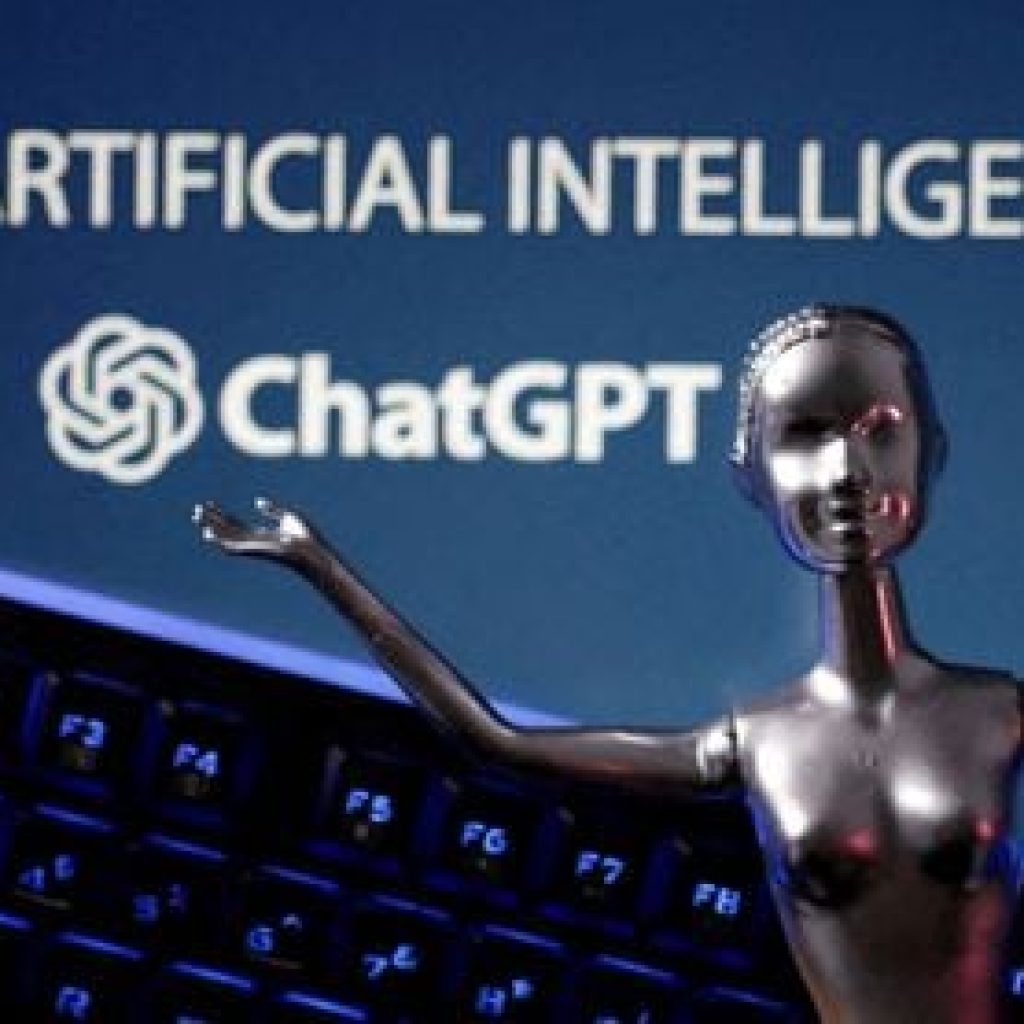In a groundbreaking move, four senior members of the judiciary have issued the first-ever judicial guidance on the use of artificial intelligence (AI) in the courts of England and Wales. This historic development comes after a meticulous consultation process with various judicial officeholders and aims to provide judges with clear guidelines on how they can integrate AI, such as ChatGPT, into their daily operations.
Balancing act: Harnessing AI while ensuring integrity
The newly released guidance underscores the critical importance of maintaining confidentiality, privacy, and vigilance against inaccuracies and biases inherent in AI tools. While recognizing the limitations of AI and the risks associated with AI-generated outputs, the guidance highlights several areas where AI can be beneficial, including summarizing extensive documents, creating presentations, and performing certain administrative tasks like composing emails.
However, it explicitly advises against utilizing AI for legal research or legal analysis, signaling that AI-generated judicial legal reasoning remains a distant prospect.
Identifying AI-generated material and ensuring accuracy
One of the noteworthy aspects of the guidance is its emphasis on alerting the court to material produced using AI chatbots. Judges are encouraged to inquire about the accuracy checks undertaken, especially when unrepresented litigants rely solely on AI-generated content.
The guidance acknowledges the successful use of other AI tools in the court system, particularly in the context of electronic disclosure. While embracing technological advancements, the guidance simultaneously urges judges to remain vigilant, recognizing the risk of false information being introduced through the use of AI tools by court participants. It explicitly states, “Provided these guidelines are appropriately followed, there is no reason why generative AI could not be a potentially useful secondary tool.”
A glimpse into the future: More AI integration expected
This groundbreaking guidance is merely the first step in what is described as a “suite of future work” aimed at supporting the interaction between the judiciary and AI. As generative AI technology continues to evolve, we can anticipate additional guidance and directives in the future. It underscores the judiciary’s adaptability and willingness to embrace technology while exercising caution.
In a monumental development, the judiciary in England and Wales has issued its inaugural guidance on the use of AI in the courts. This guidance allows judges to employ AI tools, like ChatGPT, within defined parameters, focusing on tasks such as document summarization and administrative duties while cautioning against their use for legal research and analysis.
The guidance emphasizes the need to uphold privacy and confidentiality, acknowledging the inherent limitations and risks associated with AI-generated content. It also highlights the importance of identifying AI-generated material and conducting accuracy checks, particularly when unrepresented litigants rely on AI-generated content.





